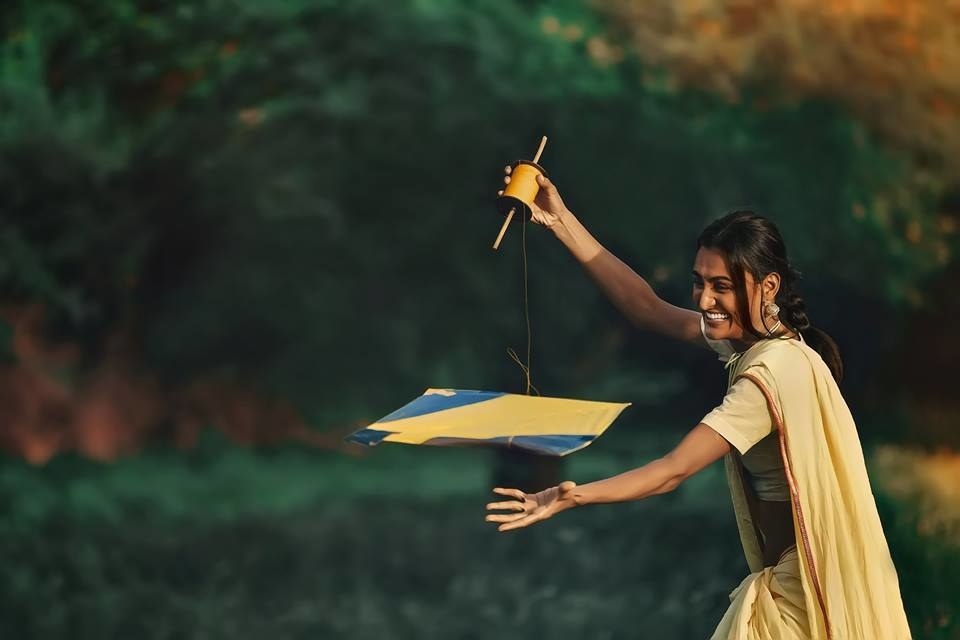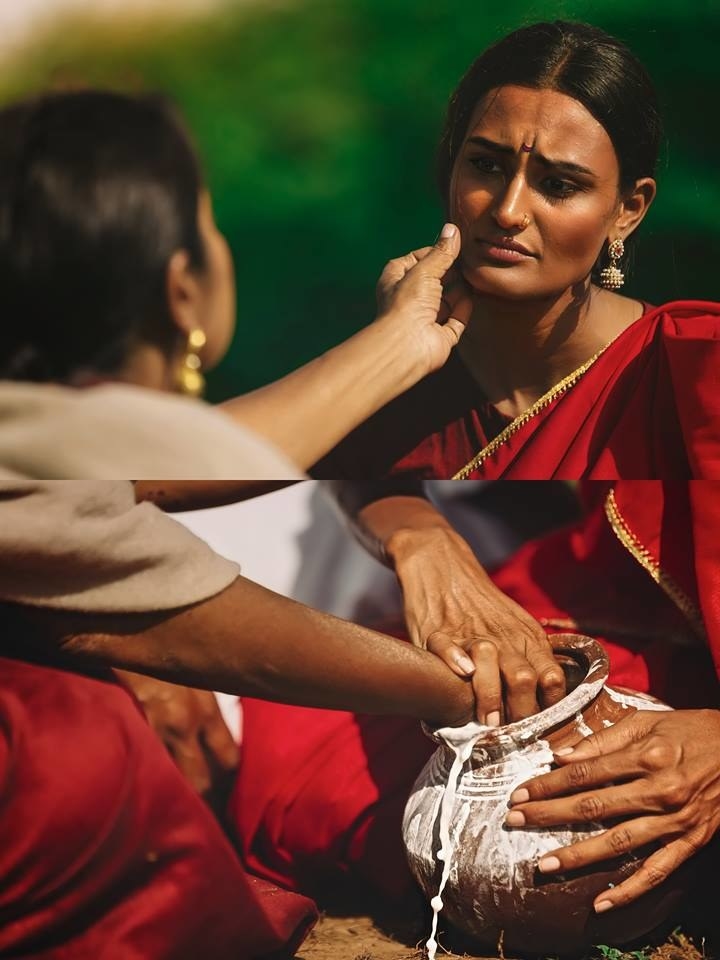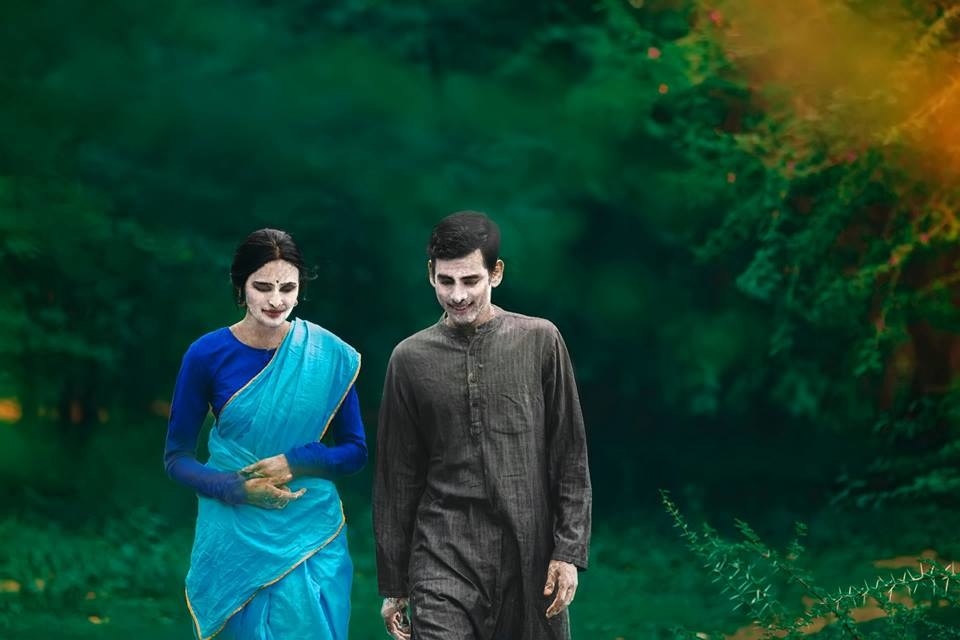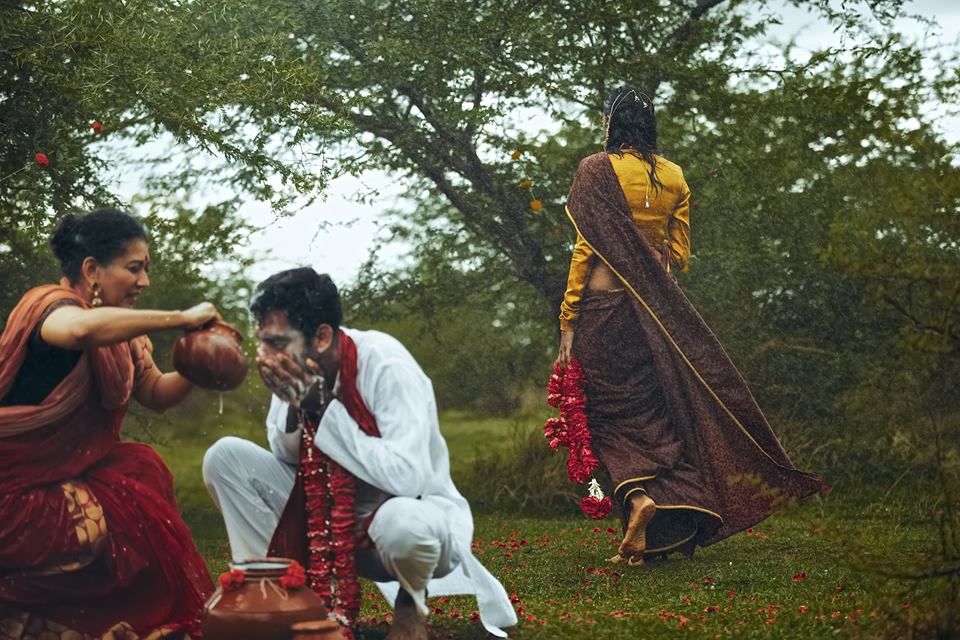

Sonali Verma talks to photographer Arjun Kamath on his latest photo story, Color of our skin and how visual story-telling impacts people
Dear Arjun, when I was born, I was considered to be like a foreign baby (whatever that means) because I was fair & born with brown hair. Hence my name ******. Growing up I kept getting darker (wheatish) and the comments regarding complexion started and also about how my features are not as nice as my mothers etc. By the time I was 16, everyone’s concern was as to when my parents will get me married.”
“Dear Arjun, I was born into a family where I was the darkest in complexion among all my siblings and cousins. My Mom and Dad and my aunts called me ‘Kali Myna’ (Black bird) growing up and I was usually greeted by my relatives with the exclamation that I have gotten darker and I should stay out of the sun.”
These are just two of the few hundred messages that 29-year-old photographer Arjun Kamath has received from women all across the world since his latest photo series Color of our Skin went live. Kamath’s pictures capture the journey of a dark skinned woman in a society that is obsessed with fair skin—the struggles of her family to get her married and her coming to terms with the fact that she is beautiful as she is. Some of his previous work includes a film titled, The Birthday Trip, that dealt with the generally taboo topic of incestuous rape; after which a girl wrote to him about the sexual abuse she had faced in her life, she hadn’t even confessed the fact to her family then. To say that his work has mass impact and is relatable is not an exaggeration. His other photo stories too include sensitive themes such as the widely celebrated Coming Out, which touches the issue of homosexuality in the Indian context and Avani, in which a woman struggles to find her identity in a patriarchal society.

The story stars Ranika and begins when she returns home from college after completing her education.
Kamath says that this is because he wants to bring a positive impact with his work, “As a society, we have to stop being timid and stand up for what is right. This is my way of doing my bit for the world. As an artist, I can use social media to bring about a change”, he says, adding, “When I die, I don’t want people to remember me as a common man who led a common life.”
His latest work, Color of our skin, was shot on the outskirts of Bengaluru, which is the city where Kamath lived with his grandparents. Shooting the story was not an easy task as they had limited time and had to shoot even at noon when the sun was at its harshest. “I like to shoot early mornings or evenings. But due to the shortage of time, we had to shoot the whole day. It was difficult to get the flattering effect. When I do a photo story, I look at it from all possible angles. I want to know how a child in school will think about the story and I keep that perspective in mind when I work.”

In this particular frame, Ranika, rejected and humiliated, has lost confidence in herself and prepares to camouflage her skin-tone to save her parents from future embarrassment at the hands of her prospective suitors and their families
Even something as small as naming a character has a lot of detailing behind it, he explains. For example, the name Ranika in Color of our Skin, projects a girl who is bold and powerful while Avani means being attached to her roots. Kamath moved to Los Angeles four years ago to study Television and Film Production at USC School of Cinematic Arts, the best film school in the world, attended by the likes of George Lucas (Star Wars), Ron Howard (A Beautiful Mind). “When I was in my third year of college, I went on a family trip to Delhi. I would sit on the roads and capture pictures of random people on the street with my basic Canon camera. When I came back to Bangalore, I uploaded the pictures on Facebook and received great feedback. I then did a small photography workshop in which I learnt the basics of operating a camera. That’s how my interest in photography developed.”

Ranika paints her body in a bid to be acceptable to society. She soon meets Dinkara, who too has painted his face and realises that everyone is trying to pretend to be someone they are not and that he is equally uncomfortable in his skin
Kamath visits his grandparents in Bangalore often and makes sure that he completes a project or two when he’s there. He admires the work of Steve McCurry and Raghu Rai and calls it “pure and pristine.” The real challenge of being a photographer lies in the fact that there are so many out there, just like him. “It makes me insecure sometimes. That insecurity makes me want to ask myself if I am doing the best I can. It’s really important to stop comparing your work with the work of others. What’s important is self-growth. It always feels nice to know that people connect with my stories.” This connection with people also makes him feel responsible for creating stronger content, “Of-course I enjoy the attention I get,” he says. Kamath has some advice for budding professionals in his field, “keep shooting as much as you can. Practice leads to perfection. If I can inspire someone to get up and make a difference, I’ve done my part.”

Ranika walks away from her groom as she lets rain wash away her camouflage as he still struggles to continue painting his face. She has now accepted herself completely for who she is and does not wish to comply to societal expectations of beauty
For more of Arjun Kamath and Color of Our Skin, click here